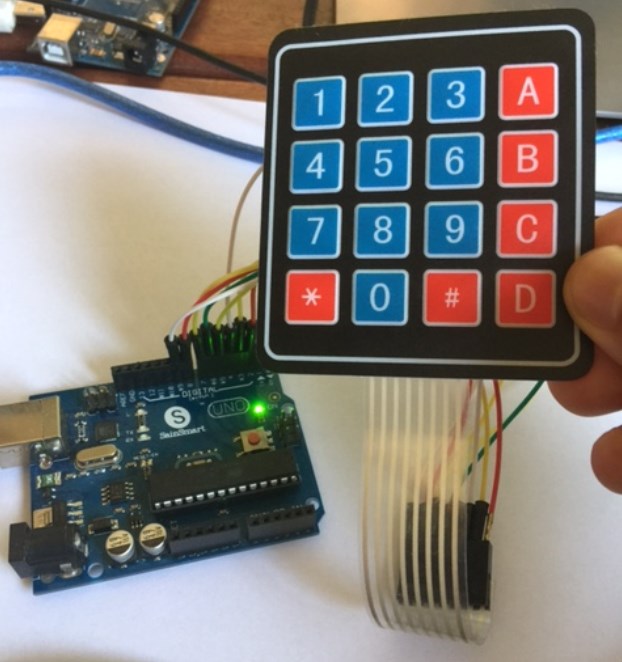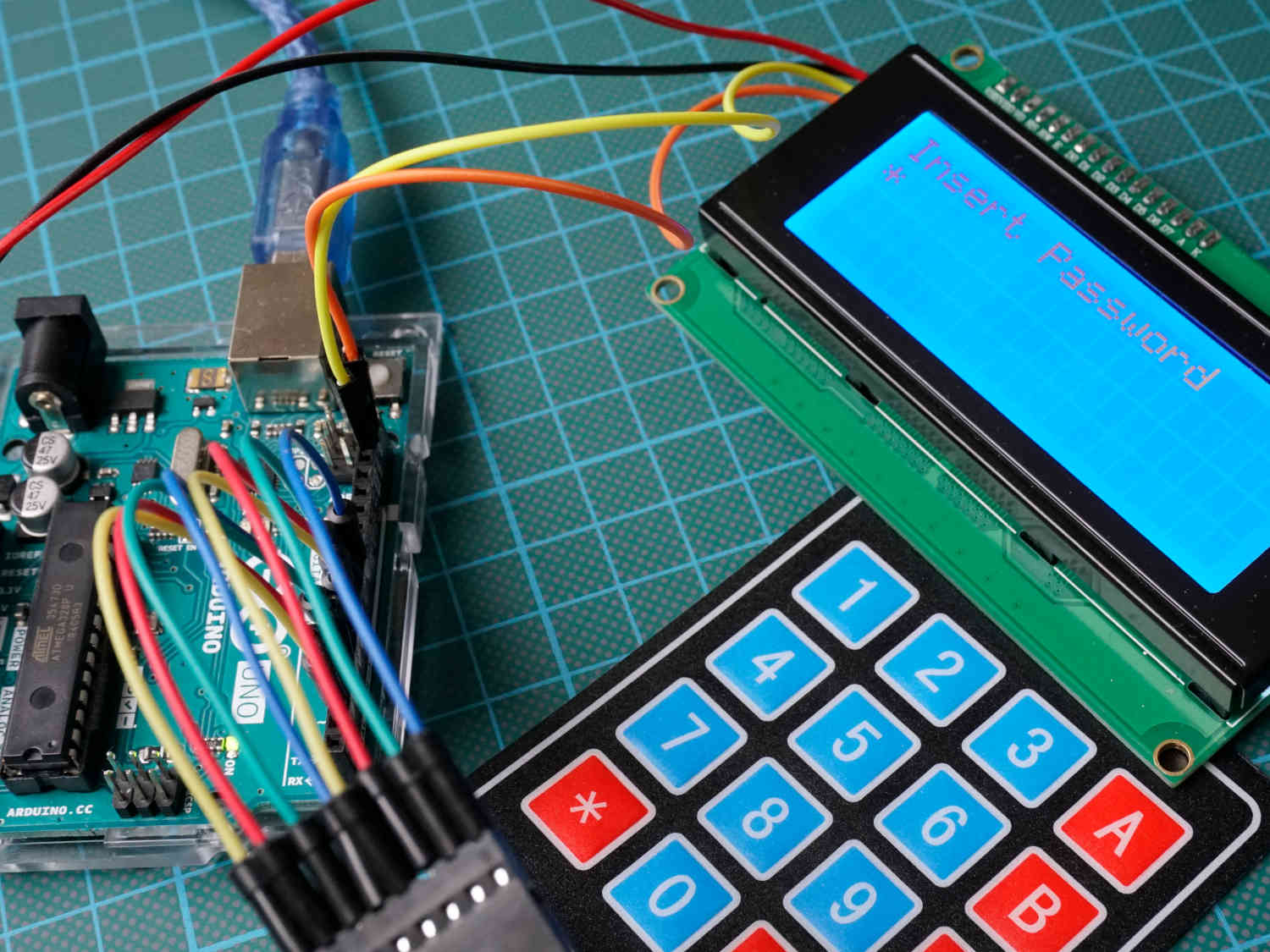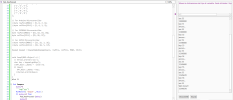#Region Project Attributes
#AutoFlushLogs: True
#CheckArrayBounds: True
#StackBufferSize: 600
#End Region
'Ctrl+Click to open the C code folder: ide://run?File=%WINDIR%\System32\explorer.exe&Args=%PROJECT%\Objects\Src
Sub Process_Globals
Private wifi As ESP8266WiFi
Public Serial1 As Serial
Public mykey As Byte
Private password As String = "12345678" 'the password is 12345678, then press "#" to confirm password inserted!
Private passwordBuffer(password.Length) As Byte
Private passwordIndex As Int
dim bc as ByteConverter
Dim timer1 As Timer
End Sub
Private Sub AppStart
Serial1.Initialize(115200)
Log("AppStart")
If wifi.Connect2("DDIS1", "password1") Then
Log("Connected to network ")
Else
If wifi.Connect2("SSID2", "password2") Then
Log("Connected to network ")
Else
If wifi.Connect2("SSID3", "password3") Then
Log("Connected to network ")
Else
Log("Failed to connect to network")
End If
End If
End If
timer1.Initialize("timer1_tick", 5000) 'you have 5 seconds for each number digit, after password will be resetted
'reset password....
clearpassword
AddLooper("looperx")
End Sub
#if c
#include <Keypad.h>
const byte ROWS = 4; //four rows
const byte COLS = 3; //four columns
char keys[ROWS][COLS] = {
{'1','2','3'},
{'4','5','6'},
{'7','8','9'},
{'*','0','#'}
};
// For Arduino Microcontroller
//byte rowPins[ROWS] = {9, 8, 7, 6};
//byte colPins[COLS] = {5, 4, 3, 2};
// For ESP8266 Microcontroller
byte rowPins[ROWS] = {D1, D2, D3, D4};
byte colPins[COLS] = {D5, D6, D7};
// For ESP32 Microcontroller
//byte rowPins[ROWS] = {23, 22, 3, 21};
//byte colPins[COLS] = {19, 18, 5, 17};
Keypad keypad = Keypad(makeKeymap(keys), rowPins, colPins, ROWS, COLS);
void loop2(B4R::Object* o) {
// Serial.println('xxx');
char key = keypad.getKey();
//b4r_main::_mykey = (char) 0;
if (key){
b4r_main::_mykey = key;
//Serial.println(key);
}
}
#End If
Sub looperx
mykey=0
RunNative( "loop2" , Null )
If mykey<>0 Then
timer1.Enabled=False
timer1.Enabled=True
Pad_KeyPressed (mykey)
mykey=0
End If
End Sub
Sub timer1_tick
clearpassword
Log("password cleared!!!")
timer1.Enabled=False
End Sub
Sub clearpassword
timer1.Enabled=False
passwordIndex = 0
For x=0 To password.Length-1
bc.ArrayCopy2("-",0,passwordBuffer,x,1)
Next
End Sub
Sub Pad_KeyPressed (Key As Byte)
Log("key: ", Key) 'for debug only
If (Key) = 42 Then '42 is * char
Log("asc: " , Asc(Key))
Log("cleared")
clearpassword
Return
End If
If passwordIndex >= passwordBuffer.Length Then
passwordIndex=0
End If
If (passwordIndex < passwordBuffer.Length) And (Key<>35) Then
Log("again...")
'put the key in the buffer.
passwordBuffer(passwordIndex) = (Key)
Log("asc: " , Asc(Key))
passwordIndex = passwordIndex + 1
Log(passwordBuffer)
End If
'if you press # you confirm password inserted
If Key=35 Then
'if right password
If passwordBuffer = password Then
Log("Well done!!!")
Log("Well done!!!")
Log("Well done!!!")
Log("Well done!!!")
Log("Well done!!!")
'otherwise...ERROR!!!!!
Else
Log ("CODE ERROR!!!")
Log ("CODE ERROR!!!")
Log ("CODE ERROR!!!")
End If
Log("cleared2")
clearpassword
End If
End Sub




